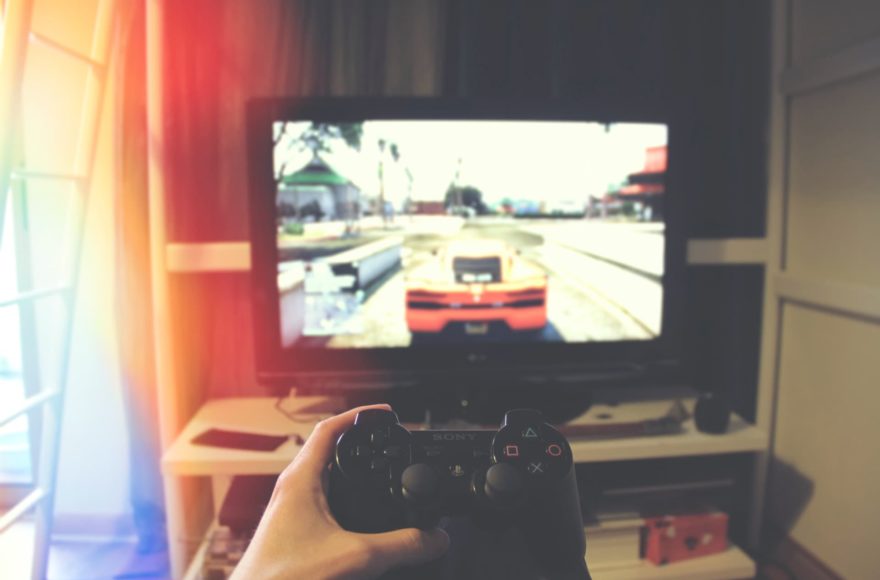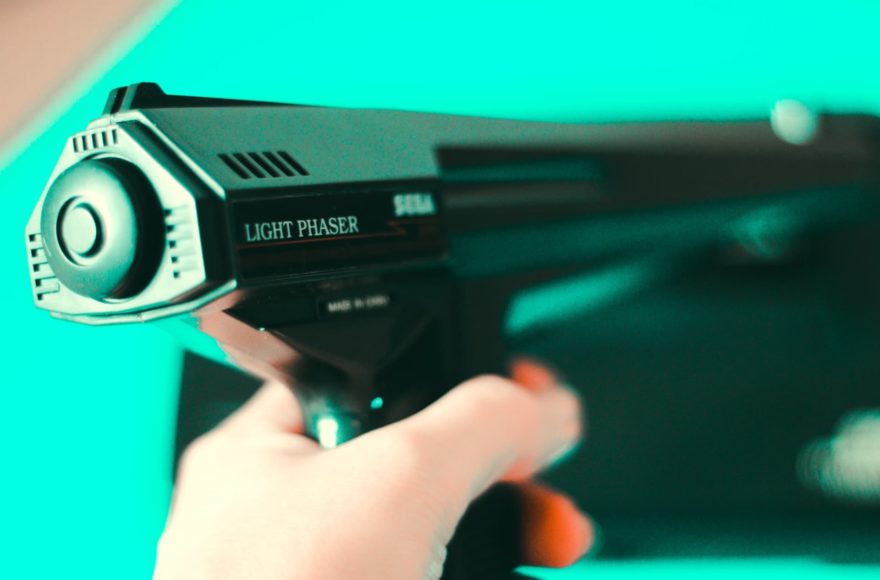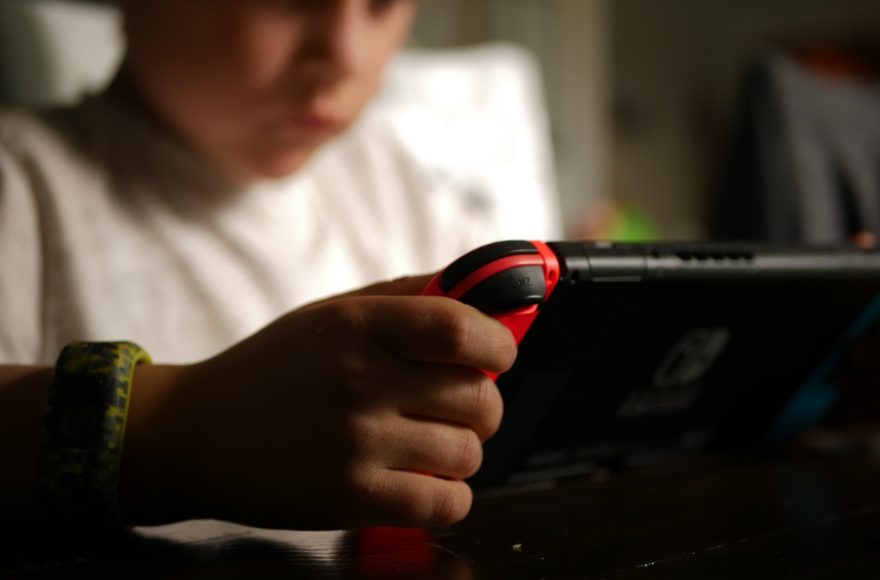Ghost Recon Breakpoint’s Ghost Experience: less loot, more action
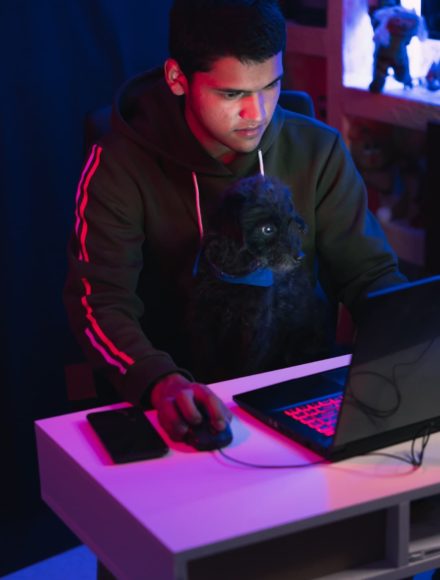
There’s a difference between living off the land and looting it. From its October launch to last week, Tom Clancy’s Ghost Recon Breakpoint played like a game whose developers did not understand that difference. Thanks to the Ghost Experience, delivered in a big patch last week, now it does.
Ghost Experience is the new “immersive mode,” that developers promised last fall would reorient Breakpoint toward what players had expected. It has a lot of options and presets that, with a smart, less-is-more mindset, changes the tone of the single-player game for the better.
Ubisoft Paris’ best change is obvious to Ghost Recon diehards: No more gear score. This system of tiered loot made a very unwelcome debut in Breakpoint and faced players with something that looked more like Tom Clancy’s The Division 2. I know that I found myself defaulting to loot-shooter behavior at the outset of my time Breakpoint, making sure I cleaned every location for every piece of gear, every consumable, every weapon.
But with the immersive mode enabled, it took about two firefights for me to see that I was wasting my time with such scavenging. And that’s a good thing. Gear itself is gone; no backpacks, pants, gloves, or boots providing buffs or a better number than what you’ve got on. Although weapons are loot-able from every enemy who drops one, you exchange whatever weapon is in your active slot for it. This also goes for a weapon found in a crate in-world.
Battlefield improvisation
So, whatever Sentinel’s stooges drop, odds are it will be of minimal value, especially if you’ve spent any time upgrading or customizing your trusty rifle. If so, what’s the point of looting a weapon from a body? Well, consider the time I flushed out a four-man patrol with a grenade, bagging two while the others scattered to the flanks.
I had a Scorpio semiautomatic rifle and a Vector submachine gun on me, but what I really needed was an assault rifle to pin these guys down and keep them from charging me. A-ha! The crappy MK17 that one enemy dropped would do the trick. I exchanged my Scorpio for it, finished the job, then went back and retrieved my trusty rifle. This kind of battlefield improvisation, caused by the new limitation in the Ghost Experience, is what Ghost Recon should be all about.
Ubisoft Paris has been careful to reassure players that Ghost Experience is not a single-size experience. Though there are six settings that can be broadly adjusted (such as enemy difficulty, presence or absence of the gear level), three of them are categories of multiple options, any of which may be changed. Honestly, it felt like a great sports video game, where I can fine-tune the options to challenge my strengths and minimize my weaknesses.
I was inclined to give myself more assistance and awareness in the interface, with the trade-off being less endurance, less health regeneration, and fewer bandages in my pack to heal injuries. This is because, to be honest, I’m such a panicky shooter in a fight that I need the NPC markers when I sight someone through my scope or with the recon drone.
With the “minimal” package of interface settings, enemy strength in numbers is a lot more formidable (without it, I had trouble dusting garden-variety patrols even with the “easy” enemy AI setting activated.) It makes the bigger anti-personnel solutions, such as grenades, mines, and especially the drone’s sync-shot, more necessary and involved in the gameplay.
No more superheroes
Mostly, Ghost Experience is a package of strategic limitations that take away those superhero conveniences that had caused so much brand confusion between Breakpoint and The Division 2. You will lose ammo on a reload; you can’t swap your loadout in the field; you can’t, in a ridiculous way, shop from the game’s catalog of weapons and vehicles in a bivouac — you have to be back in Erewhon. All of these things were limitations that, yeah, a disciplined player could impose on themselves as a kind of meta-game. But like the survival modes I’ve enjoyed in Fallout 4 and Far Cry Primal, it’s really affirming to know that developers will support me role-playing their game, however compulsively I wish to do that.
This immersion all starts with stripping out that gear score, the pursuit of which many felt had become a bigger point of the game than the game itself. In fact, all gear is removed from the game, except as a cosmetic change; I’m no longer picking up hats, boots, or holsters because they might carry a better buff. My gear is limited to what I am wearing, the one or two weapons I am carrying, and then the usual consumables like explosives, health refills, and the like.
In vanilla Breakpoint, I often felt like I was pushing around a virtual wheelbarrow full of guns n’ goodies, which just seemed absurd for a game that’s supposed to be about take-whats-necessary survival and adaptation. In Ghost Experience, I can only change my loadout in a bivouac or the game’s hub world of Erewhon, with one tremendous upside: Any weapon the player discovers in-world becomes a blueprint they may use. It’s a great tradeoff — endless variety in the arsenal, but available only at a sensible time.
All of this builds to the realization that my trusty weapon can actually be a long-term companion. Investing in its upgrades and visual customizations actually mean something to me now. In a Breakpoint with a gear score, no sooner had I set the color options for my sniper rifle’s barrel, clip, and stock than I found a better one. And I was always fooling with my character’s look, because every new boonie hat or backpack was another thing to try on.
Now, I am all about action. I’m not out in Auroa hunting for things that work better than what I have on me; I’m out there to kill bad guys and move this story along. It’s too soon to give Ghost Recon Breakpoint the all-clear, much less make pronouncements like “the game is good now,” or “this is the game we should have been playing.” (AI teammates are still needed, after all.) But I can say that Breakpoint now offers a cleaner and more distinctive experience, one worth revisiting — or even restarting.
Vox Media has affiliate partnerships. These do not influence editorial content, though Vox Media may earn commissions for products purchased via affiliate links. For more information, see our ethics policy.
Sony’s own DualShock 4 controller comes in multiple colors: some pretty, some garish, some meant to resemble a certain bodily fluid.
«,»entry_id»:20967429,»image_url»:»https://cdn.vox-cdn.com/thumbor/DD5gAEtLxKGoc7I5poKRElFn5lk=/1000×0/cdn.vox-cdn.com/uploads/chorus_asset/file/19829546/jbareham_181107_ply0818_0156_product.jpg»,»anchor_id»:»DualShock_4_wireless_controller-1468198″}’>
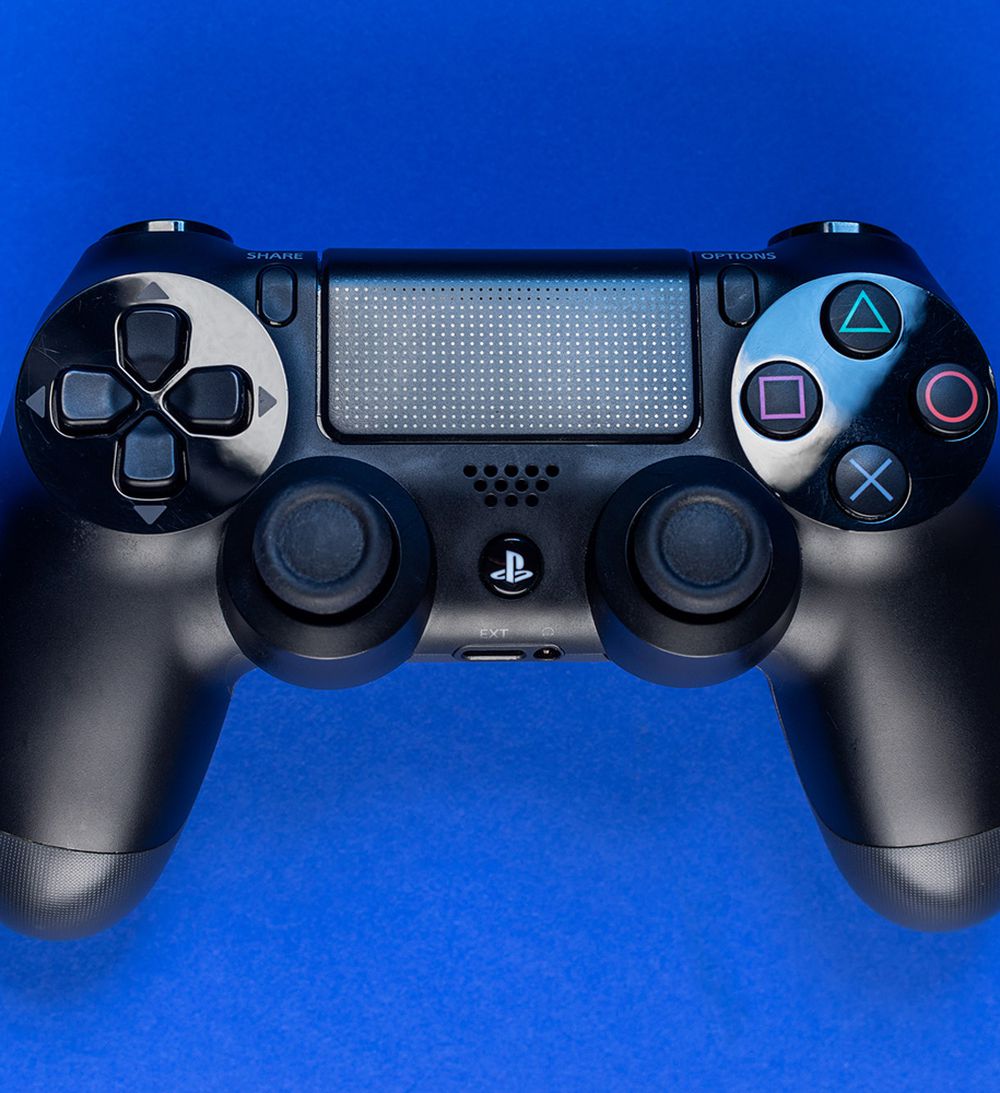
—
Owen S. Good
Polygon

